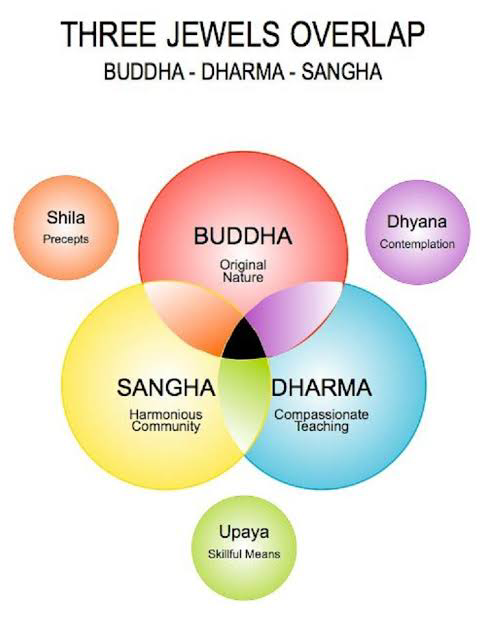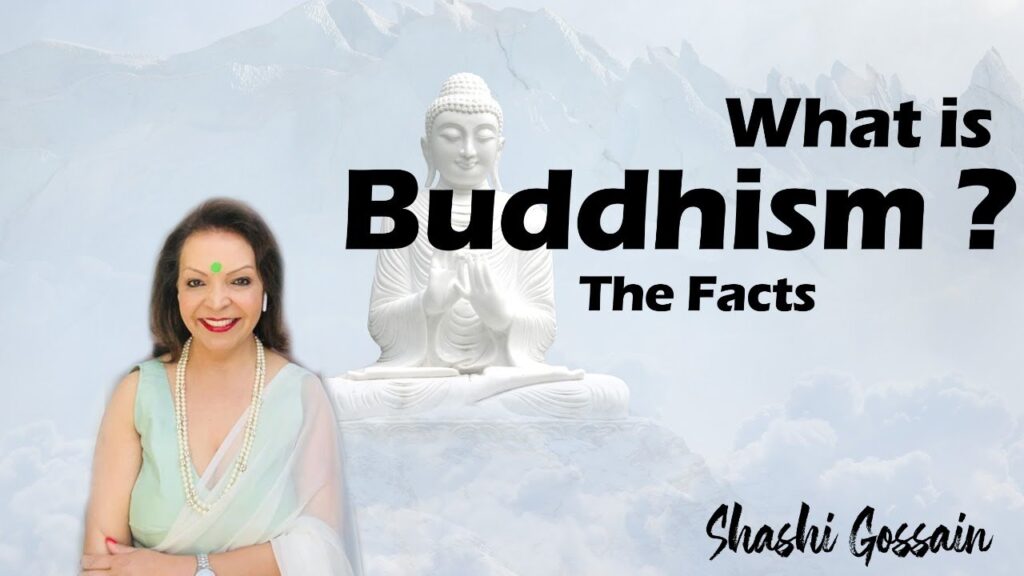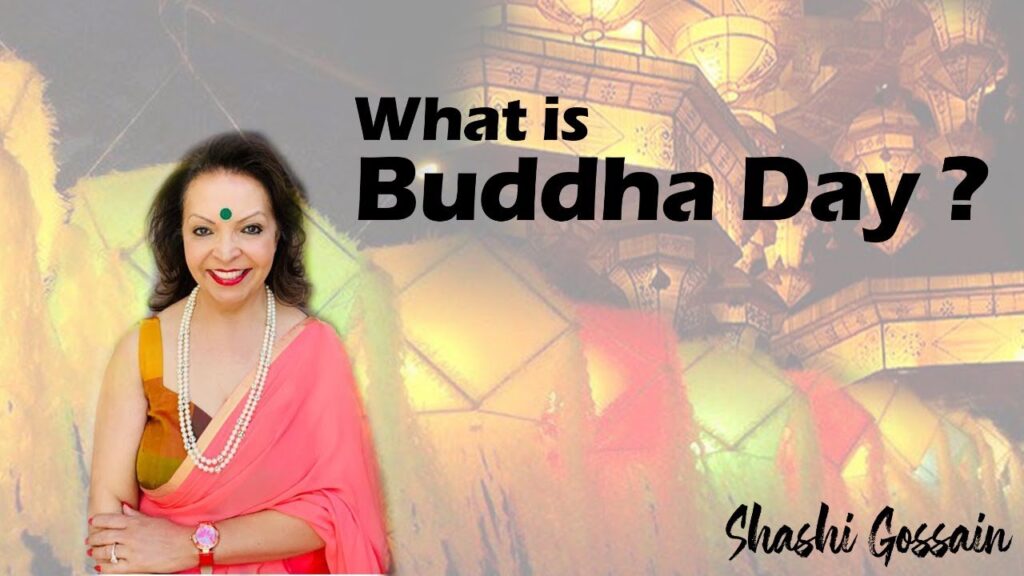“It is better to travel well than to arrive.”- Goutam Buddha
Buddhism is a 2,500-year-old religion and philosophy that originated in India but has spread through most of Asia.
Buddhism is the 4th largest religion in the world with 600 million followers.
What is Buddhism based on?
The centre of Buddhism are the teachings of Siddhartha Gautama (Goutam Buddha), which see Nirvana as the ultimate goal of existence. Nirvana is the stillness of mind, devoid of cravings and delusions, which ends the suffering otherwise present in all we do in life.
When did Buddhism start in India?
Buddhism was founded by Siddartha Gautama, a Prince. Approx. 500BCE. He was titled “Buddha” or “the intelligent” after enenlightenment.
Who was Siddhartha Gautama and how did he become the Buddha?
Siddhartha was born in Nepal (originally part of India) into a royal family. For many years lived in the palace walls away from the sufferings of life. One day he went outside the palace for the first time, he saw an old man, a sick man, and a corpse. He learned that sickness, age, and death were the inevitable fates of all.
Siddharta left the palace, Lived as a monk. Searced for answers to life and Found Enlightenment 6 years later.
What God do Buddhist worship?
Buddhists do not believe in God. You have to live by principles for true happiness.
According to Buddhism teachings of Life are:
- Peace
- Loving kindness
- Wisdom
Buddhism also says that Problems & suffering arise from confused & negative states of mind.
Happiness & good fortune arise from peaceful & positive states of mind.
Goutam Buddha taught some methods for peace and meditation.
What according to Buddha should one to do attain peace?
METHOD FOR PEACE-
- Overcoming our negative minds such as anger, jealousy and ignorance, &
- Developing our positive minds such as love, compassion, and wisdom.
Through this we will come to experience lasting peace and happiness.
What did Buddha teach about meditation?
Meditation is used for understanding & working on our own mind.
According to Buddha one should learn:
- to identify our different negative mental states, ‘delusions’
- how to develop peaceful and positive mental states or ‘virtuous minds’.
Then in meditation we overcome our delusions & embrace our virtuous minds.
What are the three jewels and what do they mean?

There are three Buddhist central beliefs, called the three jewels –
- Belief in Buddha
- Dharma – The teaching of Buddha
- The Sangha: Buddhist monks & nuns.
What are the basic teachings of Buddha?
Purpose of Teachings of Buddha is to help others, become unselfish and move towards enlightenment.
The Buddha’s teaching is often divided into three parts-
- Three Signs of Beings
- Four Noble Truths
- Noble Eightfold Path
The three signs of Being
Goutam Buddha described LIFE:
- Nothing in life is perfect. (dukkha)
- Everything in life (even mountains) is changing, all the time.
- There is no soul.
Buddha said the next life is a person’s life force (Karma).Karma can be good/bad, depending on the person’s actions in this life.
The four Noble Truths
- Suffering (Dukkha) exists. Life is suffering i.e., life includes pain, getting the old, disease, and ultimately death.
- We also endure psychological suffering like loneliness frustration, boredom, fear, embarrassment, disappointment, and anger.
- There is a cause for suffering. It is a desire that leads to rebirth, the desire for pleasure, the desire for existence, the desire for fame; the desire to avoid unpleasant sensations, like fear, anger, or jealousy.
- There is an end to suffering. Suffering can be overcome and happiness can be attained.
Noble Eightfold Path
“By the complete non-passion and cessation of this very desire, by abandoning it and giving it up, by being released and free from it”.
Live each day at a time (not dwelling in the past or the imagined future) then we can become happy and free. This is Nirvana.
In order to end suffering, you must follow the Eightfold Path. The Noble 8-fold Path is the path which leads to the end of suffering.
Thus, this teaching begins with the analysis of concepts-
- Pain
- Misery
- Suffering
Which arises out of desire.
Is desire in Buddhism wrong?
We want experiences/objects that create pleasant feelings. We get hurt and frustrated if we don’t get them. We can eliminate pain by overcoming our desires.
The way to achieve this is through the Middle way and Noble Eightfold Path
The Middle Way
- focus the mind on our thoughts & actions
- develop wisdom by understanding the Four Noble Truths.
- Buddha said that people should avoid extremes.
- They should not have or do too much, nor do too little.
The ‘Middle Way’ is the best.
Path to Enlightenment
Nirvana is through the practice and development of:
- wisdom
- morality
- meditation
Buddha laid down five morals called five precepts.
5 Precepts (Morals)
These are rules to live by:
- Do not kill
- Do not steal
- Do not lie
- Do not consume alcohol/ drugs.
- Abstain from sexual misconduct
Reincarnation
- many cycles of birth, living & death.
- release attachment to desire & the self
- attainment of liberation or Nirvana (The freedom from suffering)
Karma
The law that every cause has an effect. our actions have results, explains the inequality in the world. Past actions have an effect on who/what we are in our next life
YOU CAN BE A BUDDHA
If you have purified your mind of all delusions, faults & limitations, you can enlighten through the spiritual path. You will then get a blissful mind of a Buddha.
The Enlightened
have:
- universal love & compassion
- wisdom
boundless spiritual power
Unbroken Lineage
- Buddha first gave his teachings, Dharma, over 2,500 years ago
- Passed down verbally from teacher to disciple
- Preserved in its purest form
- Written in scriptures centuries later.
Place of Worship
A shrine at home or at a temple.
- sit on the floor barefoot facing an image of Buddha and chanting.
- feet face away from the image of Buddha.
- listen to monks chanting from religious texts
Puja
Buddhist worship is called Puja.
- people chant to show their love for the Buddha
- offerings of flowers, candles, incense and pure water at a shrine
- thank Buddha for his teachings
When Buddhist worship alone they usually meditate & read from the Buddhist holy books.
Wheel of Life
- cycle of birth, life and death & rebirth
- meditation empties the mind of all thoughts
- after enlightenment, Nirvana is achieved
- 8 spokes of the wheel represents the 8 Noble truths
Sacred Books
Buddha’s teachings, which were first passed down by word of mouth & Then written in the original sacred book of Buddhism, the Tripitaka, written in Pali. They were later compiled into two sets of scriptures by the Council of Monks:
- The Tripitaka: from the Theravada school
- The Sutras: from the Mahayana school
Three Baskets of Wisdom
This consists of three sections:
- The Discipline Basket: A rule book for monks and nuns
- The Teaching Basket: The experiences of Buddha
- The Higher Doctrine Basket: An explanation on the teachings
Many Types of Buddhism
- many different types of Buddhism
- emphasis changes from in each country due to customs and culture.
- The essence of the teaching: the Dhamma or Truth is the same
Lotus Flower
Symbolises purity & divine birth
- Grows in mud in murky waters, but rises up as a beautiful flower.
- This is how people should arise out of dukkha.
- Flower may be beautiful, but it soon withers & dies.
- Shows life is not permanent.
Symbols Of Buddha
Siddharta was born with 32 attributes. Some of these are used as symbols.
The Buddha is often shown with:
- a bump on the top of his head: symbol that he had special talents.
- a third eye: symbol to show that he could see things everything.
- empty long ears from the weight of his princely earrings (which he removed)



wohh just what I was looking! , thankyou for the fantastic medical care peaks .
Pingback: Google
obviously like your web site however you have to check the spelling on quite a few of your posts. Several of them are rife with spelling problems and I in finding it very bothersome to tell the reality then again I’ll surely come again again. Have you considered promoting your blog? add it to SEO Directory right now 🙂
Many thanks for posting this particular content, We were searching for it on multilple web sites and also merely identified a fair degree of details here.
These kind of post are always inspiring and I prefer to read quality content so I happy to come across many superior point here in the post, writing is simply great, thank you for the post
Wow What great information. Thank you for the time you spent on this post.
Thanks for taking time for sharing this article, it was fantastic and very informative. as a first time visitor to your blog
Presently it is appropriate time to make some plans for the longer term and its the moment to enjoy. Ive learn this submit and if I may I wish to counsel you some interesting issues or advice. Maybe you can publish next articles referring to this article. I hope to learn even more things about it!
I am glad for commenting to let you be aware of of the beneficial discovery my cousins girl developed going through your web site. She learned lots of pieces, which include what it is like to have a marvelous teaching nature to have certain people smoothly comprehend selected tortuous issues. You really exceeded her expectations. I appreciate you for displaying these productive, trusted, revealing and in addition cool tips on your topic to Lizeth.
Can I make a suggestion? I believe youve obtained something good here. But what should you added a pair links to a page that backs up what youre saying? Or possibly you could give us one thing to look at, one thing that may connect what youre saying to one thing tangible? Only a suggestion. Anyway, in my language, there arent much good source like this.
Excellent blogger, Thankx for posting the outstanding article. I found it handy. Kind regards !!